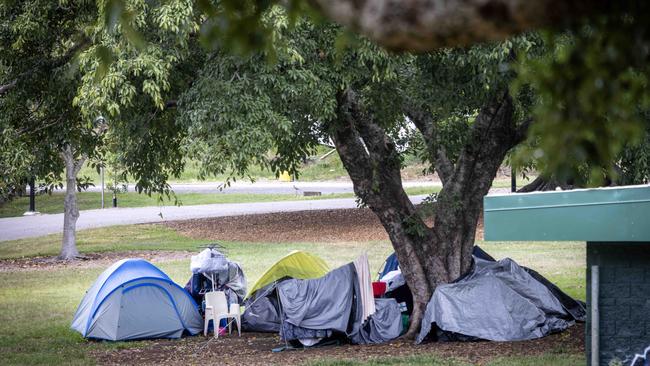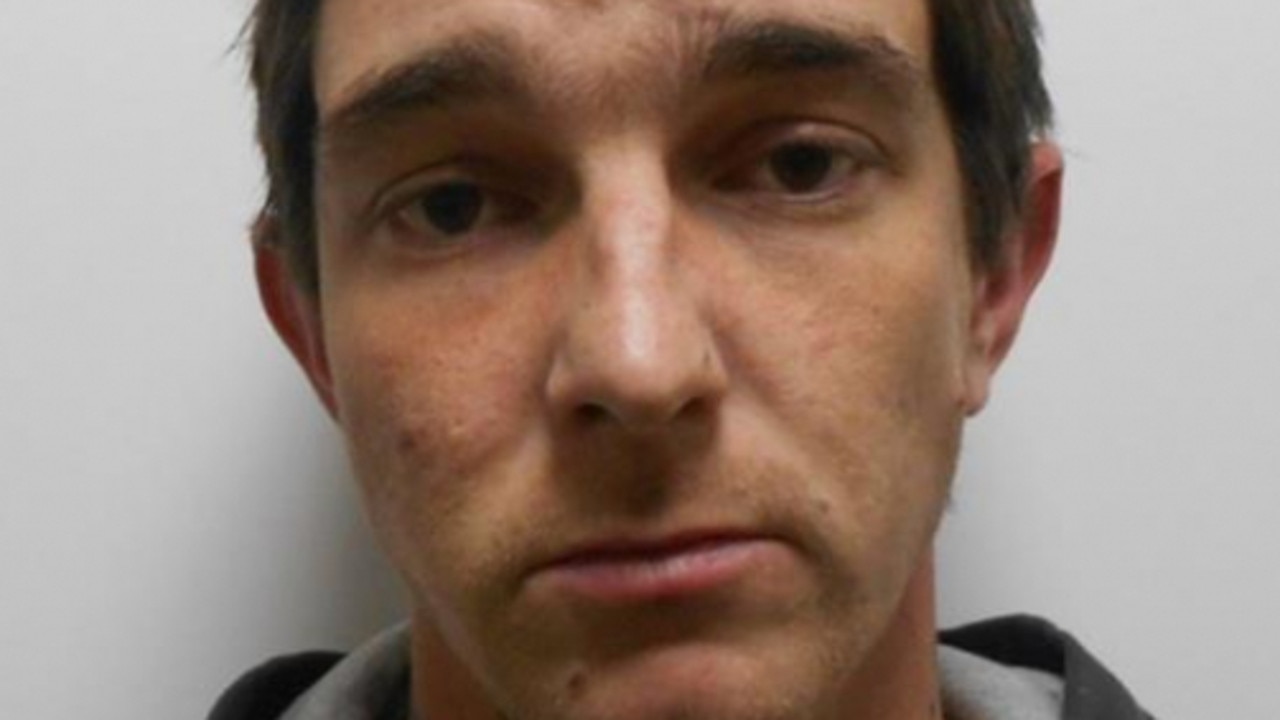‘Worst year’ of rental crisis upon us as affordable properties dwindle
Australians are battling a rental crisis never seen before with organisations shocked at how bad the market has become.

NewsWire
Don't miss out on the headlines from NewsWire. Followed categories will be added to My News.
The rental market has never been more unaffordable for Australians on welfare and low incomes as supply dwindles and weekly costs skyrocket.
Australia’s rent crisis continues to deepen with many households finding it impossible to access affordable housing, according to Anglicare Australia’s Rental Affordability Snapshot.
The report examined thousands of properties listed for rent in a single weekend in March or April and measures whether they are affordable for those in different income brackets.
This year’s snapshot found only 45,895 property listings across the whole of Australia, the lowest number ever seen in the report’s history as vacancy rates remain at their lowest levels of 0.8 per cent.

Of those properties, only 345 – or 0.8 per cent – could be afforded by a person earning a full-time minimum wage.
That figure is abysmal, according to Anglicare Australia chief executive Kasy Chambers.
“Each year we think the market couldn’t get any worse. And each year, we’re shocked to see that it can,” Ms Chambers said.

“This year’s result is the worst we have ever seen for a person on the minimum wage, with affordability halving over the last year.
“This is the first time we have ever seen the number of affordable listings for a full-time minimum wage earner crash to below one per cent.”
Those figures are even worse for those on welfare, with just 162 or 0.4 per cent being affordable for someone on the aged pension and 66 or 0.1 per cent being cost effective for those on the disability support pension.
Just four rentals were affordable for a person on Jobseeker, all of them rooms in share houses.
“If full-time wage earners are doing it tough, then people on Centrelink payments don’t stand a chance,” Ms Chambers said.

Australians suffering from rental stress – meaning people who using more than 30 per cent of their income for toward rent – can expect to see their standard of living go down as they’re forced to choose between housing and other essentials.
“This means that people can be forced into unfair choices like skipping meals, foregoing essentials, or turning to payday loans to get by. As our rental crisis becomes a permanent reality, many people can expect to live in these conditions for most of their lives,” the snapshot read.
The report has urged the federal government to increase the rate of welfare payments, describing this as the “most important change”.

“This is the only effective way to help hundreds of thousands of Australians families and children on Centrelink payments escape poverty and find a secure and safe place to live,” the report said.
The “shocking” statistics reflect the “gross inadequacy of income support payments”, according to chief executive of Australian Council of Social Service (ACOSS) Dr Cassandra Goldie.
“The first priority of the government in this budget (on May 9) must be to substantially lift income supports to ease poverty and suffering, as well as increase rent assistance and build more social housing,” she said.
Anglicare Australia is also urging the government to go beyond the Housing Australia Future Fund which provides “off-budget” funding for 20,000 social housing dwellings over five years, saying that Australia had a shortfall of 640,000 social homes in 2022.
“Anglicare Australia supports this fund as a welcome first step, but it will not come close to meeting the social housing shortfall. Taking on the shortfall will require building 25,000 social homes each year for two decades.”
Originally published as ‘Worst year’ of rental crisis upon us as affordable properties dwindle




